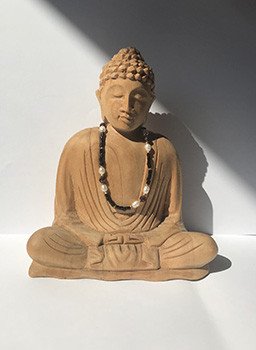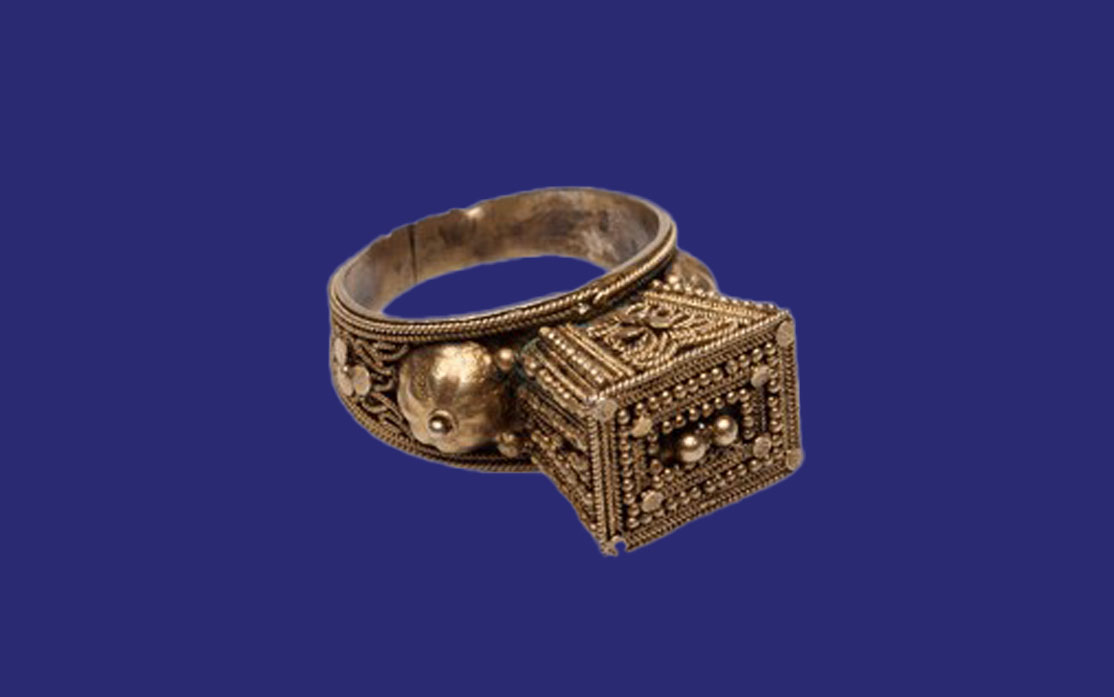The Ancient Ring: Meaning, History, and Symbols Connecting Cultures and Emotions
In this Cirque de Jari blog article, we dive into the fascinating journey of the ancient ring—from early civilizations to its emotional and cultural meanings. A tribute to symbolism, identity, and craftsmanship.
Ancient Ring: Meaning, History and Symbols Connecting Cultures and Emotions
The ring, that small circle wrapping around the finger, is one of the oldest pieces of jewelry ever created by humans—rich in symbolism and emotion. Its origins go back thousands of years, long before the modern era, when early civilizations already gave it a value that surpassed aesthetics.
History of the ancient ring: power, spirituality and eternity
The first rings in history appeared over 5,000 years ago in ancient Egypt and Mesopotamia. In those cultures, rings were symbols of power and authority, used to seal documents and denote social status. They also had a spiritual dimension, representing eternity and the endless cycle of life through their infinite circular shape. A famous example is the signet ring of Tutankhamun, symbolizing his divine right to the throne.
In the Middle Ages, rings symbolized not just marriage alliances, but also oaths, religious or guild membership, and even magical protection. For instance, episcopal rings worn by Catholic bishops represent spiritual authority and loyalty to faith. In literature, rings carry deep meaning too, such as the One Ring in J.R.R. Tolkien’s The Lord of the Rings, a powerful symbol of control and corruption.
The emotional power of handmade rings and personal identity
Today, while the original practical and symbolic functions remain, we’ve added new meanings. A ring can be a declaration of personal identity, a reflection of our life philosophy, or a piece of art that connects to our inner self. For example, actress Elizabeth Taylor was famous for wearing iconic rings that expressed her strong and sophisticated personality, like the legendary Taylor-Burton diamond ring. Many people experience feelings of empowerment, confidence, and inner connection when wearing a ring—almost like carrying a tangible reminder of their values or memories.
Handmade artisan rings carry a special magic—imbued with history and personality—perfect for those seeking a jewel with soul and authenticity.
The ring across cultures: symbols of love, fortune and community
The meaning of the ring varies widely across cultures. In the Western world, it’s almost synonymous with love and commitment, especially in the context of weddings or engagements. In some Asian cultures, the color and material of a ring symbolize fortune, health, or spirituality. In Chinese culture, for example, jade is a common ring material, symbolizing protection and well-being. In Indigenous American cultures, rings may symbolize connection to nature, or represent community and tribal identity.
This rich mosaic of stories and emotions makes each ancient ring, especially one handcrafted from noble materials, not just a piece of jewelry—but a bridge between eras, people and traditions.




Comments
Leave your comment